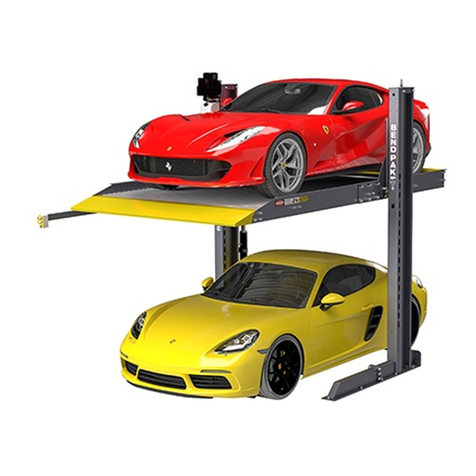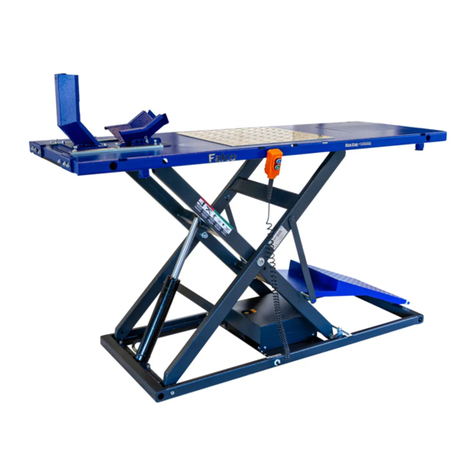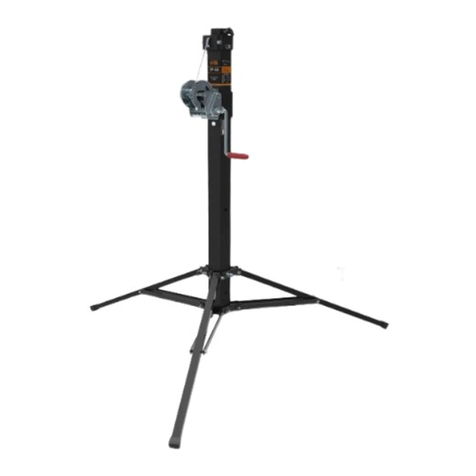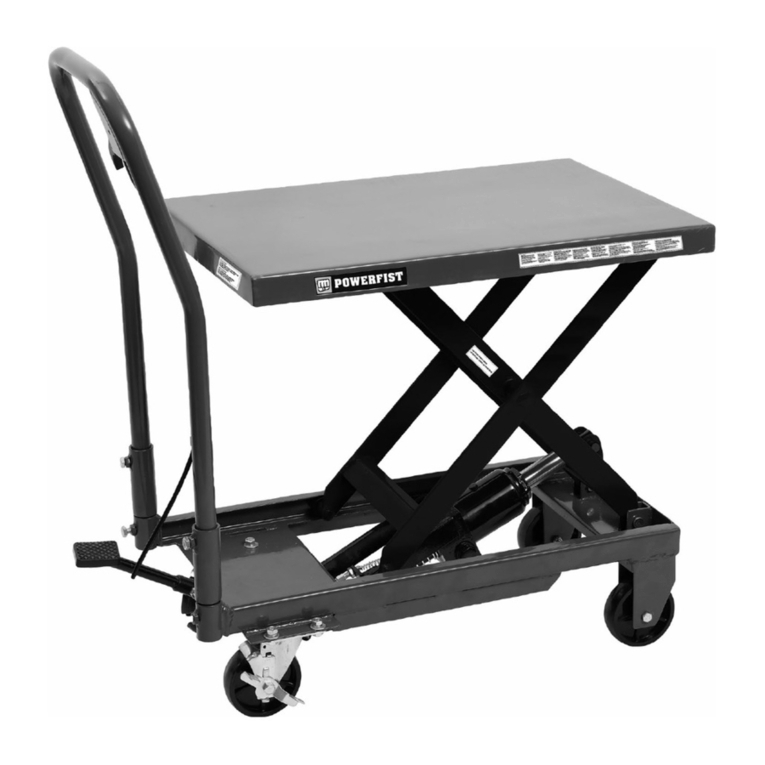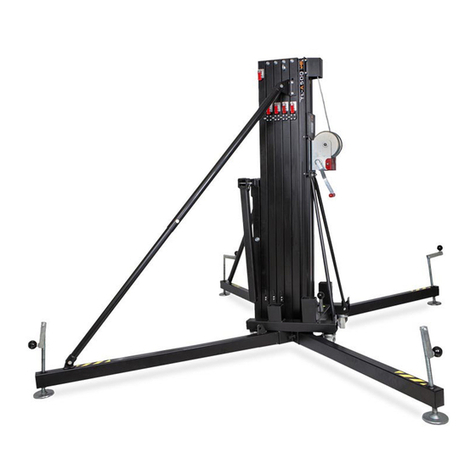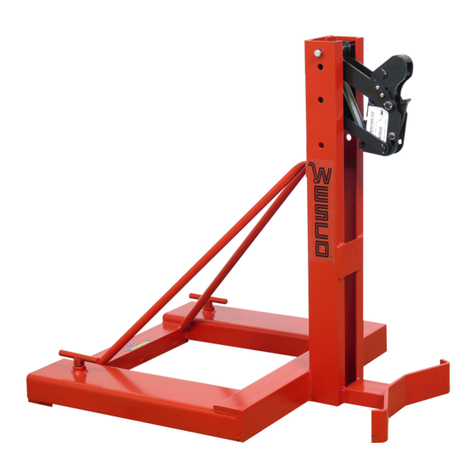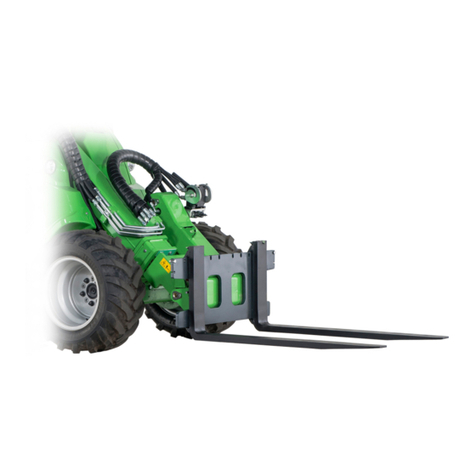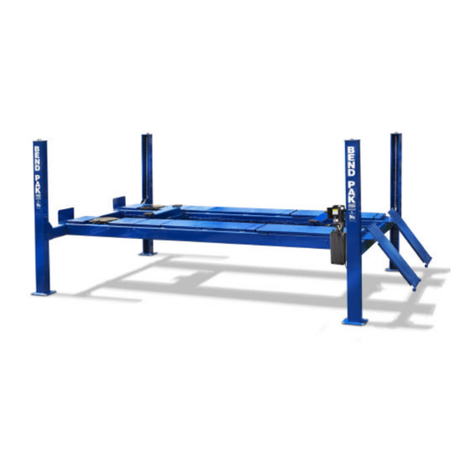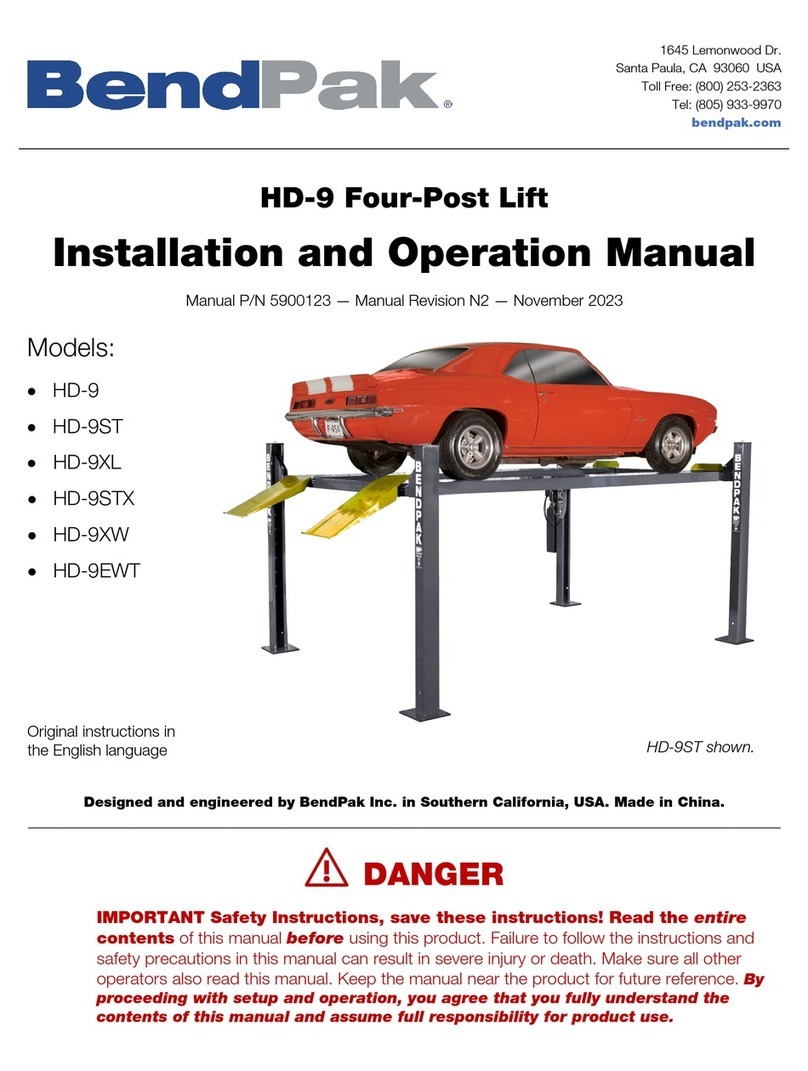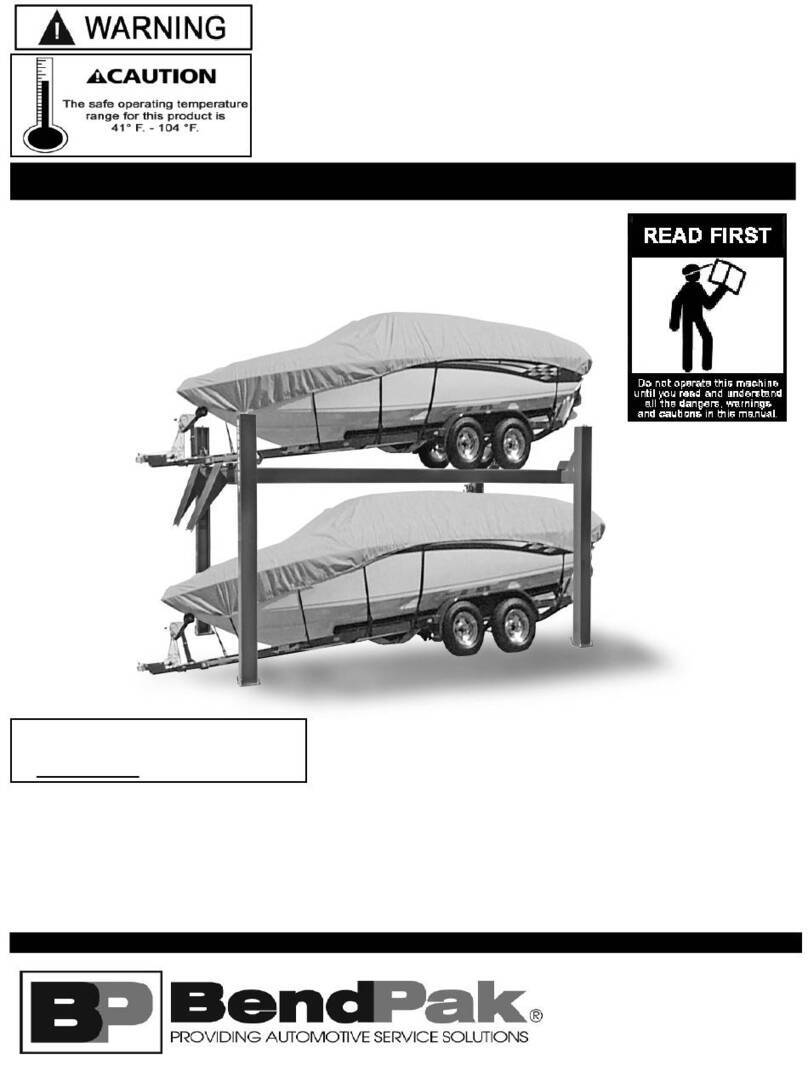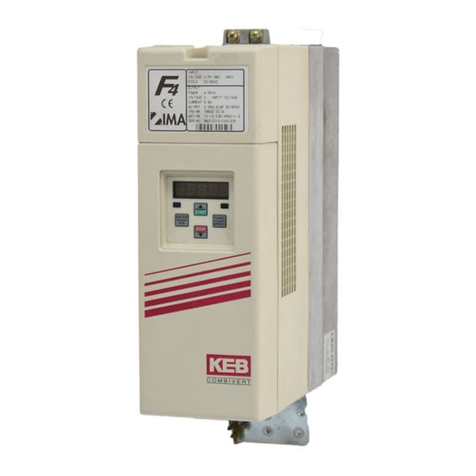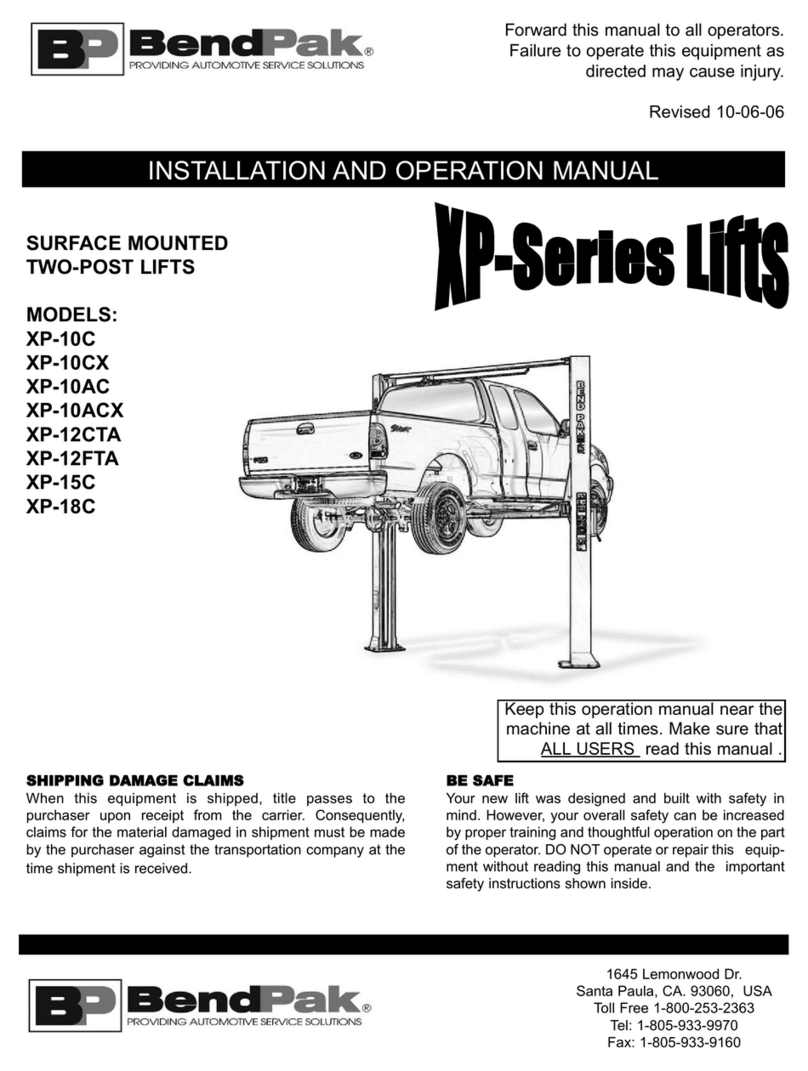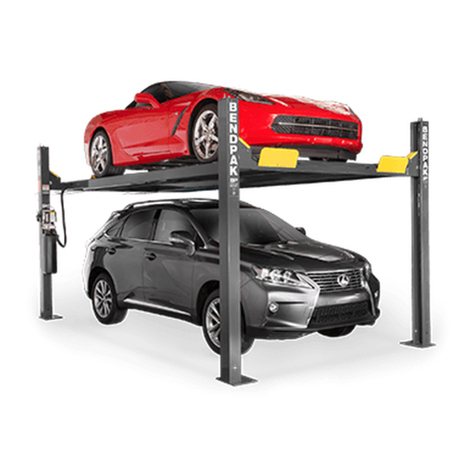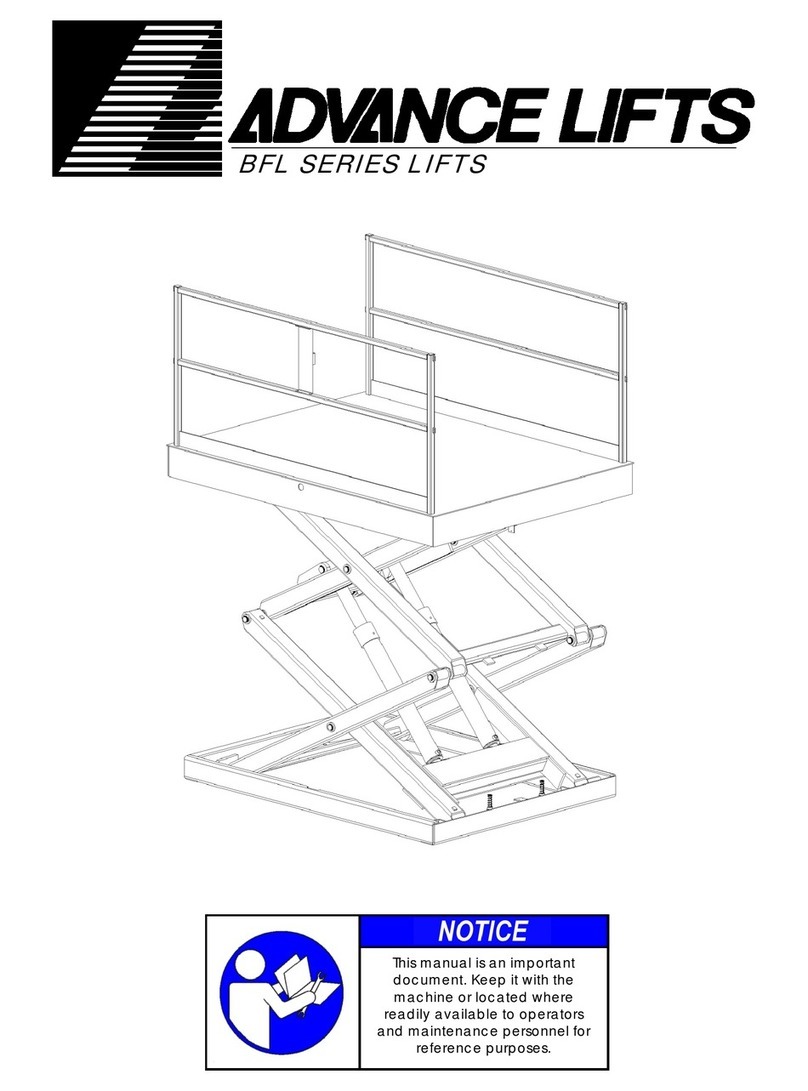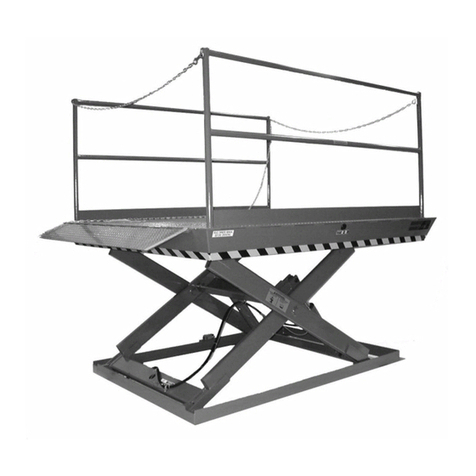
Responsibility of Operators
Workplace Inspections: Before the industrial scissors lift is used and during use, the operator
shall check the area in which the industrial scissors lift is to be used for possible hazards such
as, but not limited to:
1. Bumps, floor obstructions and uneven surfaces
2. Overhead obstructions and electrical hazards
3. Presence of unauthorized persons
4. Other possible unsafe conditions as noted in the operating manual.
Operator Warnings and Instructions: The operator shall ensure the operation of the industrial
scissors lift is in compliance with the following:
1. Slope. The industrial scissors lift shall only be operated on flat and level surfaces.
2. Guardrail system. Guardrails shall be installed and positioned, and access gates or
openings shall be secured per the manufacturer’s instructions.
3. Distribution of load. The load and its distribution on the platform and any platform
extension(s) shall be in accordance with the manufacturer’s rated capacity for that specific
configuration.
4. Maintaining overhead clearance. The operator shall ensure that adequate clearance is
maintained from overhead obstructions and energized electrical conductors and parts.
5. Point of Operation. The operator shall not place any part of their body under the platform.
6. Personnel footing. Personnel shall maintain firm footing on dock lifts and work access lifts
while working thereon. Climbing by occupants on the guardrail system is prohibited. The use
of planks, ladders, or any other devices on the platform for achieving additional height is
prohibited.
7. Precaution for moving equipment. When other moving equipment or vehicles are
present, special precautions shall be taken to comply with the safety standards established
for the workplace.
8. Reporting problems or malfunctions. The operator shall immediately report to a
supervisor any problem(s) or malfunction(s) that become evident during operation. The
operator shall ensure all problems and malfunctions that affect the safety of operations are
repaired prior to continued use.
9. Capacity limitation. Rated capacity shall not be exceeded when loads are transferred to
the platform at any level.
10. Work area. The operator shall ensure the area surrounding the industrial scissors lift is
clear of personnel and equipment before lowering the platform.
11. Battery charging. Batteries shall be charged in strict accordance with the lift
manufacturer’s instructions.
12. Securing the industrial scissors lift. The operator shall comply with the means and
procedures provided to protect against use by an unauthorized person(s).
13. Altering safety devices. Safety devices shall not be altered or disabled.
14. Modifications. Modifications or alterations of an industrial scissors lift or the fabrication and
attaching of frameworks or the mounting of attachments for holding tools or materials onto
the platform or the guardrail system shall only be accomplished with prior written permission
of the manufacturer.
15. Assistance to the operator. If an operator encounters any suspected malfunction or any
hazard or potentially unsafe condition relating to capacity, intended use or safe operation
the operator shall cease operation of the industrial scissors lift and request further
instruction from the owner/user.
16. Problems or malfunctions. Any problem(s) or malfunction(s) that affect the safety of
operations shall be repaired prior to the use of the industrial scissors lift.
P 3-3





















